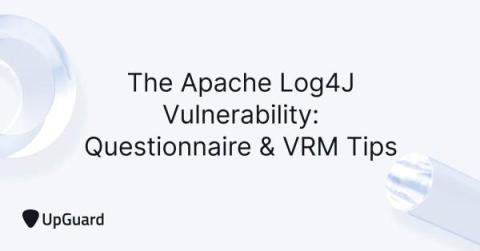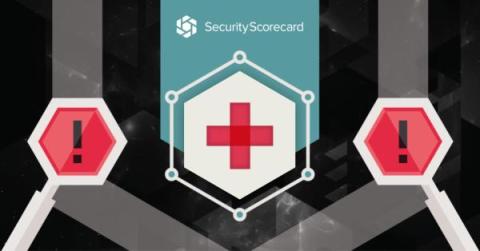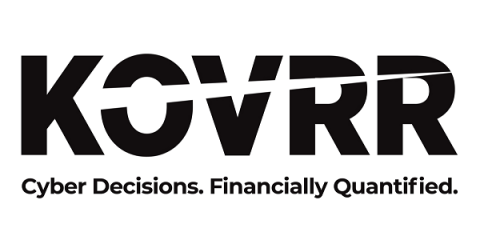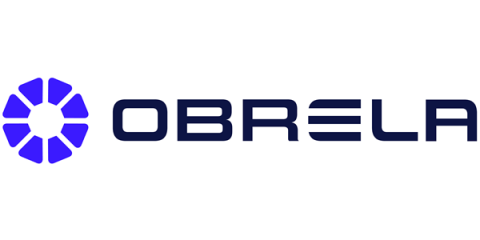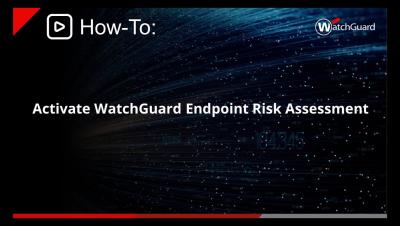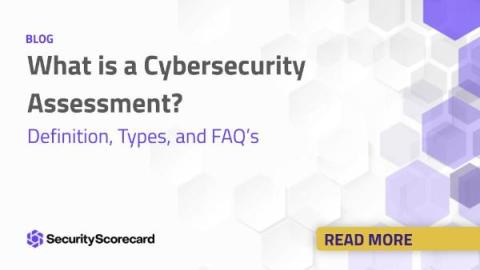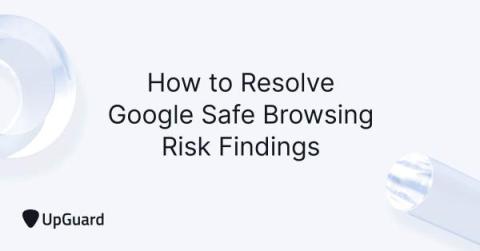Security | Threat Detection | Cyberattacks | DevSecOps | Compliance
Risk Management
5 Considerations for an Effective Healthcare Risk Management System
The healthcare industry is no exception to the rapid levels of transformation we’re seeing across multiple industries right now. As more facilities begin to leverage electronic health records (EHRs) and internet-connected medical devices for patient care, organizations are becoming more reliant on advanced technologies. While these changes have helped advance patient care in many ways, they have also introduced the healthcare sector to greater levels of risk.
Analyzing the Biggest Cybersecurity Exposure and Threat Events from 2023
Quantify Cyber Materiality When Navigating APRA's Regulations
Cloud Monitoring: Critical for Business Success
3 Steps Government Policymakers Can Take to Reduce Critical Infrastructure Cyber Attacks
WatchGuard Endpoint Risk Assessment Demo - How to Activate It
What is a Cybersecurity Assessment?
Routine cybersecurity assessments are a crucial component of a holistic risk management program. Your organization must keep an eye on the cyber hygiene of its entire ecosystem, including third- and fourth-party vendors, at all times. A cybersecurity risk assessment allows you to do this by identifying the cyber risks that affect your security posture, which leads to more informed decision-making on how best to allocate funds, implement security controls, and protect the network.


